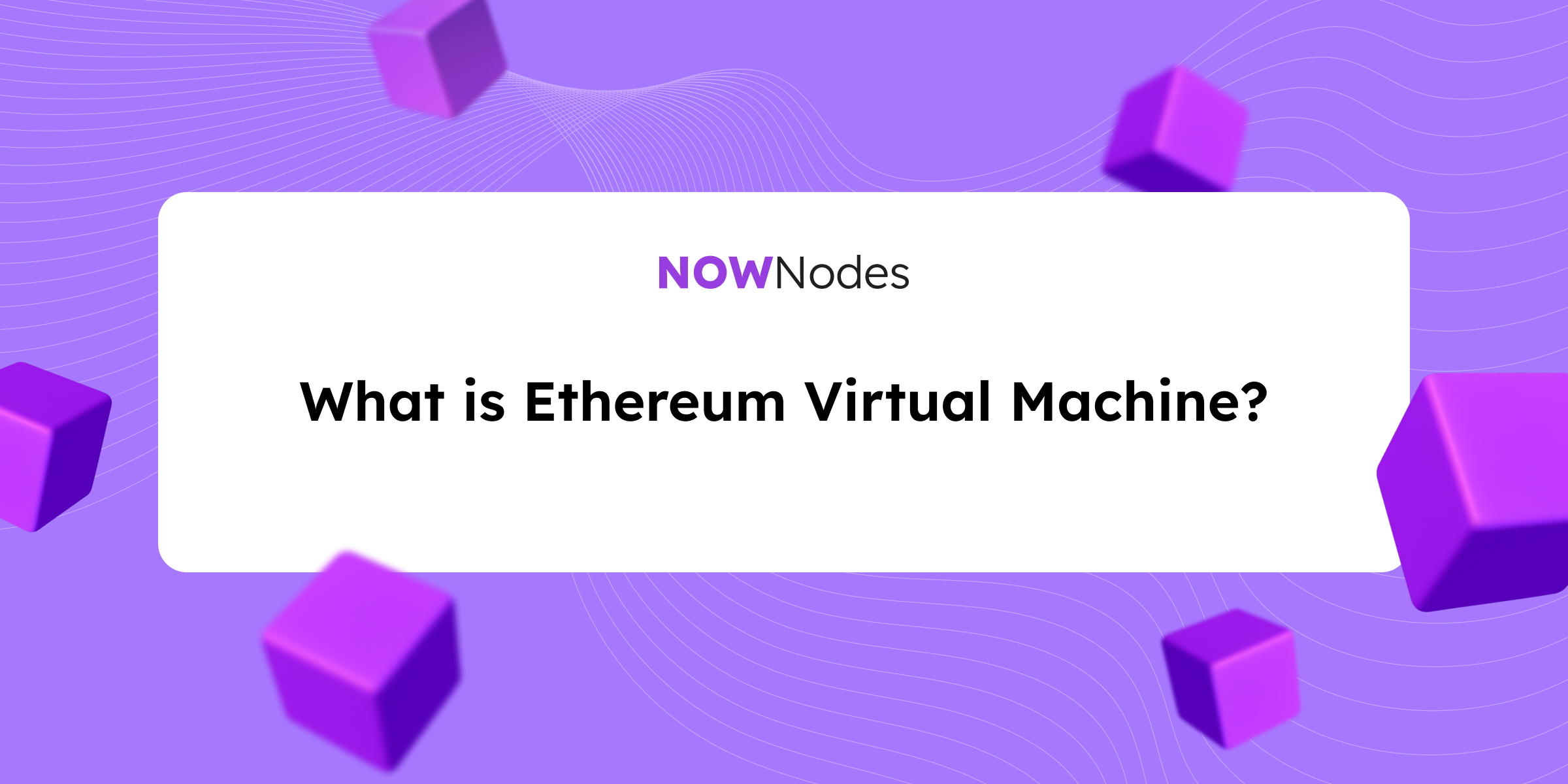When people talk about Ethereum, they often highlight its role in decentralized finance, NFTs, or Web3 applications. But behind all of this innovation stands the Ethereum Virtual Machine (EVM) — the invisible engine that powers it all. The EVM is what makes Ethereum programmable, turning a simple blockchain into a platform for global-scale applications.
Understanding the EVM
The EVM is a distributed computing system that runs on every Ethereum node. Its job is to process smart contracts and ensure they behave in exactly the same way, no matter where they are executed. Developers write contracts in languages like Solidity, and these contracts are compiled into bytecode. That bytecode is then executed by the EVM each time a transaction interacts with the contract.
This execution doesn’t come for free. Each action requires a fee, called gas, which keeps the system efficient and prevents malicious actors from clogging the network. Gas fees not only cover the computational cost but also align incentives between users and validators.
Why the EVM Is Unique
What makes the Ethereum Virtual Machine different from traditional computing systems is its reliability and consistency. Thousands of Ethereum nodes around the globe run the same code and update their records in sync. No matter where a user connects from, they’ll always see the same results.
Another important feature is security. The EVM isolates each contract in its own environment, often described as a “sandbox.” This ensures that even if a piece of code contains vulnerabilities, it cannot affect the entire network.
The Role of the EVM in Decentralized Innovation
Thanks to the EVM, Ethereum is much more than a network for sending and receiving tokens. It has become a foundation for decentralized innovation. Developers use the EVM to create:
- financial tools that power DeFi protocols,
- marketplaces for digital art and NFTs,
- decentralized applications and organizations that run without central control.
This flexibility is why Ethereum remains the leading smart contract platform and why the EVM concept has even been adopted by other blockchains looking for compatibility with the Ethereum ecosystem.
Simplifying EVM Access with NOWNodes
For businesses and developers, interacting with the EVM usually requires access to an Ethereum node. Running one independently can be expensive and time-consuming, which is why many teams turn to node providers.
NOWNodes offers an efficient solution by providing instant API access to Ethereum and more than 110 other blockchains. This means developers can connect to the EVM, deploy contracts, or query blockchain data without the hassle of managing infrastructure. With high uptime and scalability, it’s an ideal choice for dApps, wallets, and Web3 projects.
Conclusion
The Ethereum Virtual Machine is the backbone of Ethereum’s success. It ensures that smart contracts run consistently, securely, and without interruption across a global network of nodes. For developers and businesses, understanding how the EVM works is the first step toward building on Ethereum. And with NOWNodes, gaining access to the EVM has never been easier.



